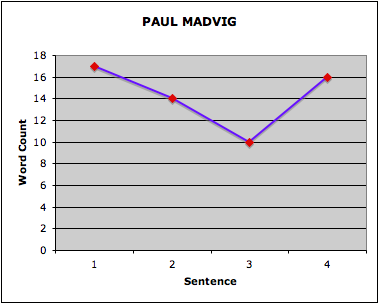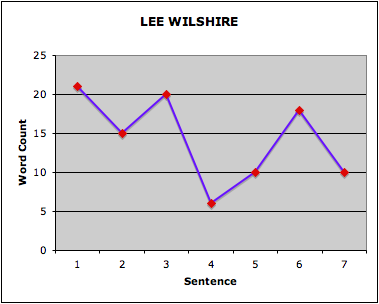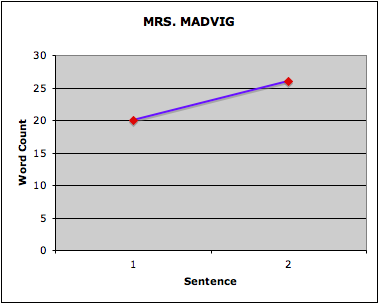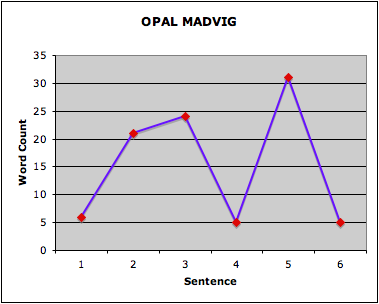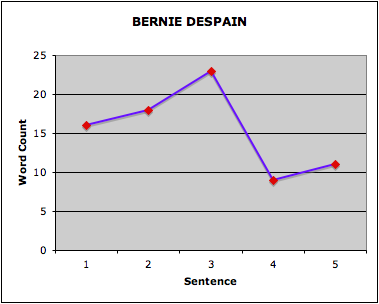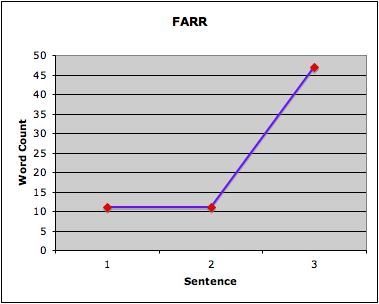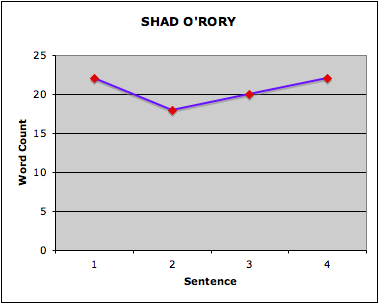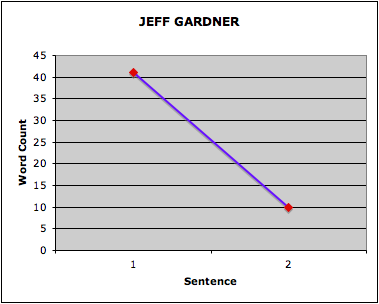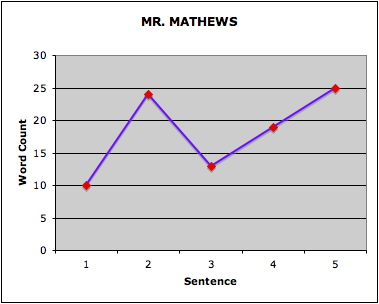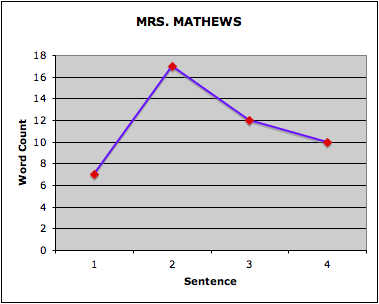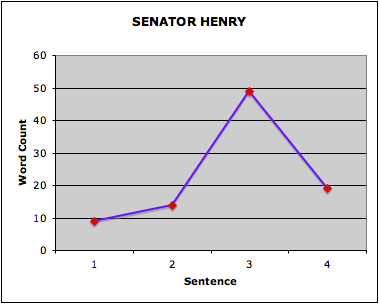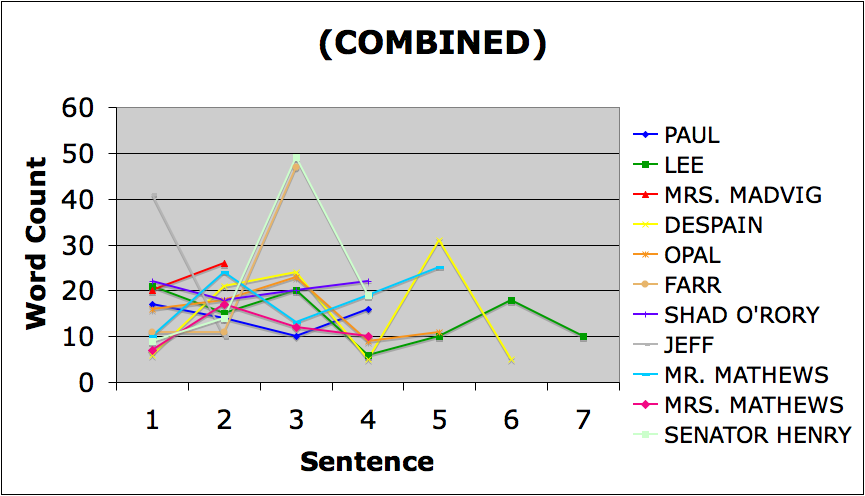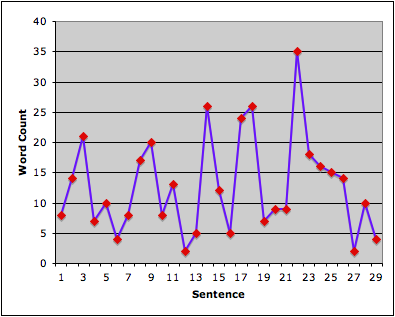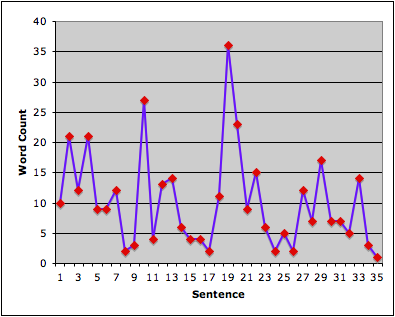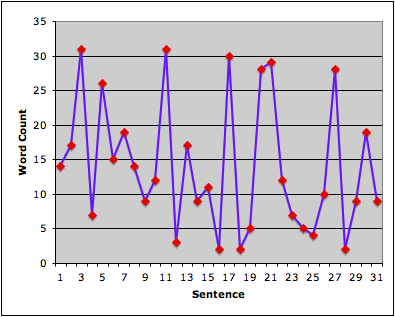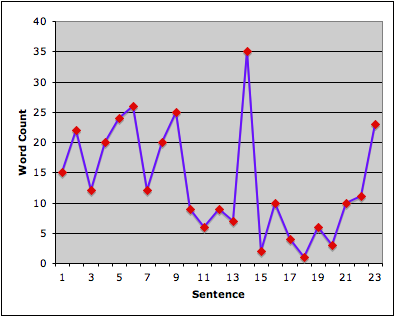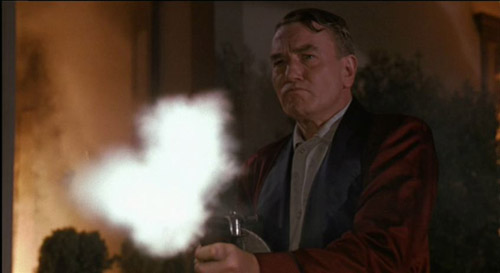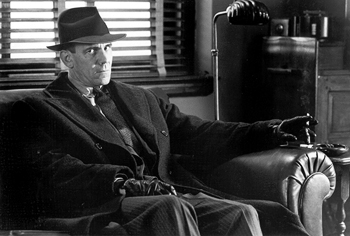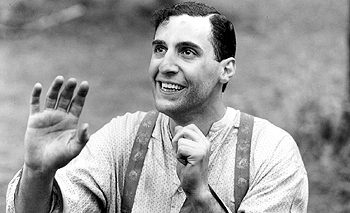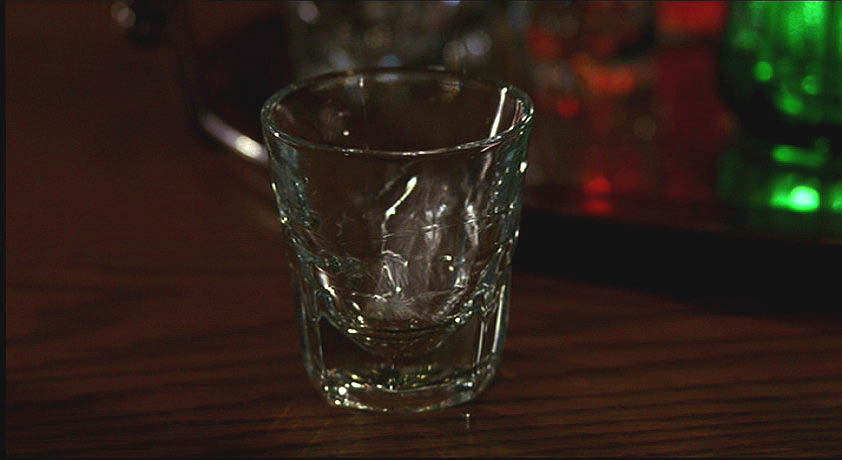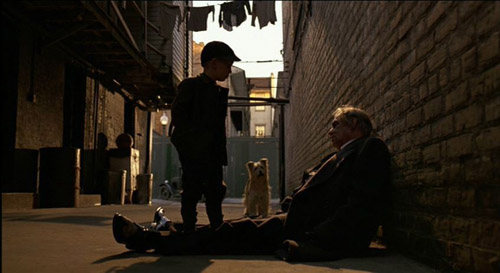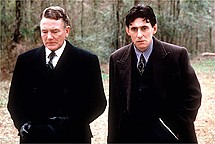-opening shot: head framed by mountains
-music: combination of western/traditional
-shot of feet
-howling wind (used several times)…emphasizes isolation
-fork in the road; represents indecision, lack of ties/commitments
-fast-paced conflict of the men contracts with the woman’s slow, steady weaving and speech
-wipe transition (total wipes in film: 7)
-isolation again…camera focused on Sanjuro rather than background, which is slightly out of focus
-dog with hand, cut to reaction shot
-“Business is booming. Can’t make coffins fast enough.”
-corrupt lawmen (just like traditional westerns!)
-leaves blowing, other characters at a distance (isolation again)
-“I’ve broken every law.”
-“Cooper, two coffins. No, maybe three.”
-“There is no honor amongst gamblers.”
-shot composition: Sanjuro on platform just watching fight, amused.
-shot composition: two rivals with protagonist in between
-effective use of shadow against wall when Sanjuro approaches
-dog tattoo on criminal’s back matches dog earlier in the film (with the hand)
-(and then Elvis walks in)
-frequent use of the word “idiot”
-night scene: Sanjuro walking in between isolated fire circles, between dark and light (never with others)
-acts scornful and uncaring, is actually decent but doesn’t want others to know
-“Stop it! I hate pathetic people. I’ll kill you if you cry!”
-town is gradually destroyed by attack/retaliation (setting silk on fire –> destroying supply of sake)
-“No, when a fight gets too big they don’t bother with coffins.”
-“You’re all right. You just act like you’re bad.” (goes along with earlier statement about Sanjuro’s contradictory nature)
-shot of hand playing with bottle, covering up thank-you note
-kidnapping scene almost exactly mirrors the one in The Glass Key
-“Where am I?” “The gate to hell.”
-“Where are you going? That’s a shortcut to hell.”
-light reflecting on Sanjuro’s face…highlighting it, his expression
-light and shadows under floorboards, then crawling along the edge of the shadows (between life and death)
-“It’s worse when you smile.”
-shot composition: hanging man in foreground, facing camera with action behind (he can’t see what’s going on behind him)
-“Go home. A long life eating porridge is best.”

